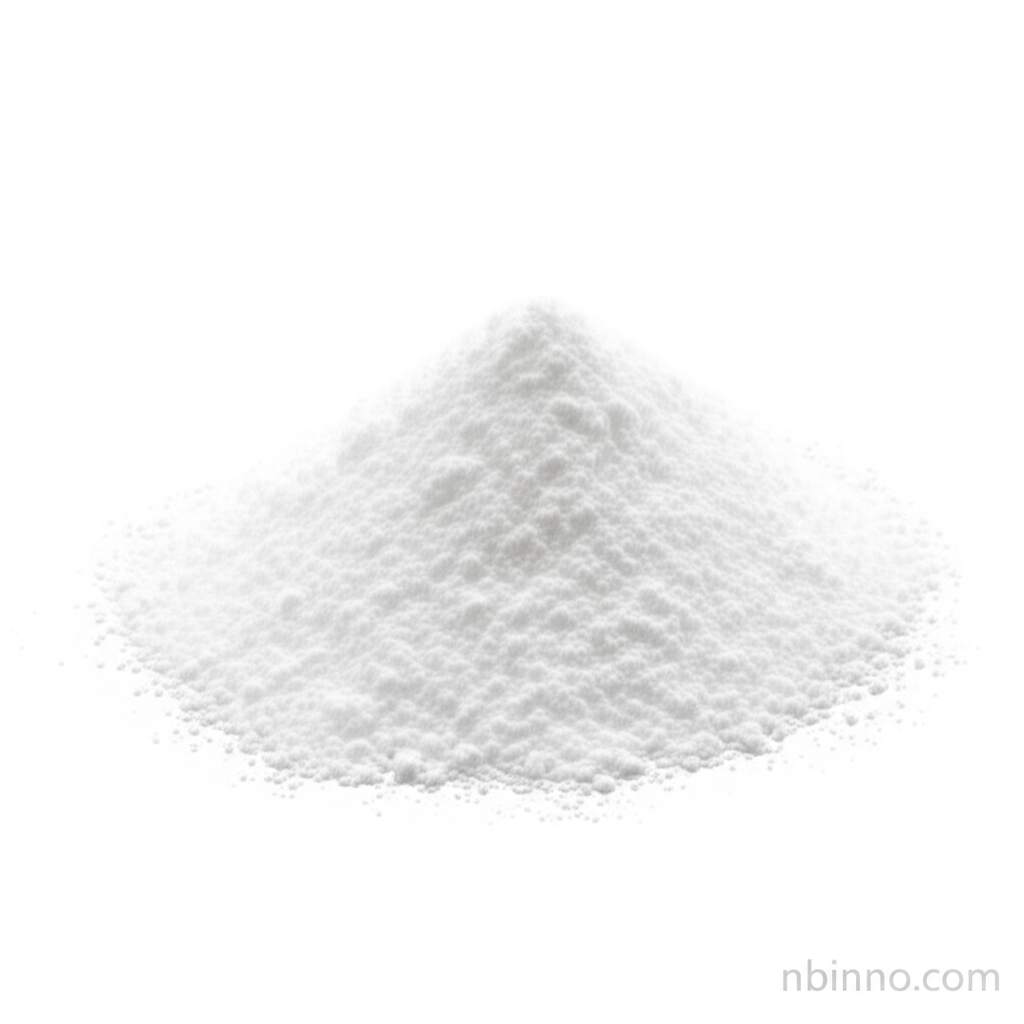High Purity 2,3-Dimethoxyphenylboronic Acid CAS: 40972-86-9: Your Key Intermediate for Advanced OLED Materials
Discover the essential building block for next-generation optoelectronic devices. Our high-purity 2,3-Dimethoxyphenylboronic Acid is engineered for superior performance in OLED material synthesis, offering unmatched quality from a trusted manufacturer.
Get a Quote & SampleProduct Core Value

2,3-Dimethoxyphenylboronic Acid
As a leading manufacturer in China, we provide 2,3-Dimethoxyphenylboronic Acid (CAS: 40972-86-9) with a guaranteed purity of 99% minimum. This crucial intermediate is indispensable for advanced research and development in organic electronics, particularly in the synthesis of OLED materials. We are dedicated to supporting your innovation with high-quality chemical products and efficient service.
- Leverage high purity (99% min) 2,3-Dimethoxyphenylboronic Acid for superior OLED synthesis outcomes.
- Utilize this versatile chemical intermediate as a key building block in your organic synthesis projects.
- Source your photoelectric materials from a reliable supplier committed to quality and innovation.
- Explore the detailed CAS 40972-86-9 chemical properties to optimize your research and development processes.
Key Advantages
Uncompromising Purity
Achieve optimal results in your organic synthesis with our 2,3-Dimethoxyphenylboronic Acid, boasting a minimum purity of 99%. This ensures consistent performance and reliable product development.
OLED Material Specialization
Specially formulated as an OLED intermediate, this boronic acid derivative is critical for creating advanced materials used in cutting-edge display and lighting technologies.
Reliable Chemical Supply
Benefit from a stable and dependable supply chain for your research and production needs, backed by our extensive experience as a chemical manufacturer and supplier.
Key Applications
OLED Material Synthesis
The primary application for 2,3-Dimethoxyphenylboronic Acid lies in its role as a crucial intermediate for synthesizing novel OLED materials, contributing to brighter and more efficient displays.
Organic Synthesis
As a versatile organic chemistry building block, it is extensively used in various coupling reactions and synthetic pathways to create complex organic molecules.
Photoelectric Materials Research
Researchers rely on this compound for developing next-generation photoelectric materials due to its specific chemical structure and reactivity.
Specialty Chemical Production
It serves as a key component in the production of other specialty chemicals, driving innovation across different scientific and industrial sectors.
